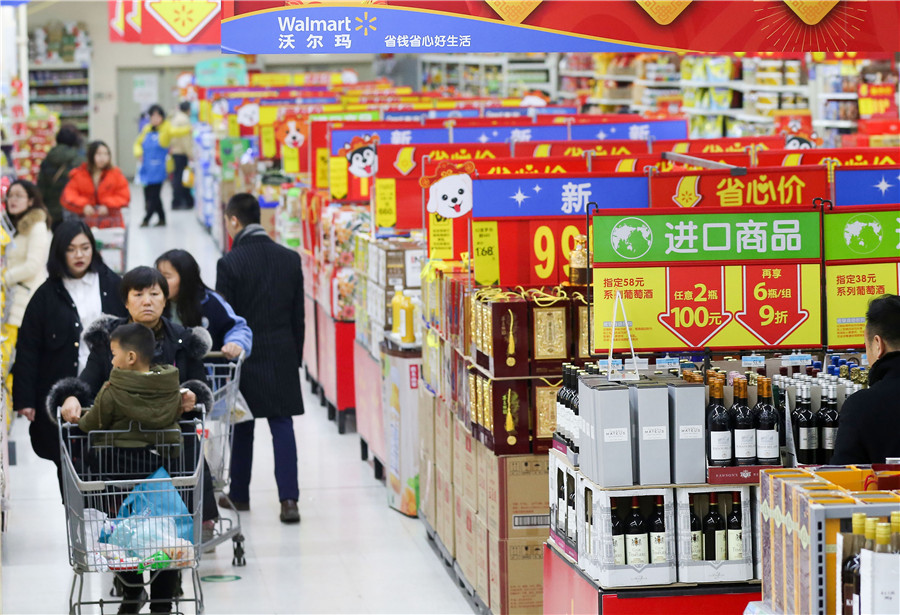Much has been written about the pandemic’s impact on Asian consumers: how they embraced new ways of shopping, as well as how retailers and consumer goods companies were forced to quickly adapt their business models.
Now, the focus has shifted to whether many of these patterns and preferences will endure once the pandemic abates, and whether today’s geopolitical and macroeconomic instability will slow a full spending recovery.
The current phase is accompanied by no small amount of uncertainty and potential disruption. Recent infection spikes serve as a reminder that the world is not yet in the clear.
Macroeconomic factors such as rising inflation and an economic slowdown, and geopolitical disruptions such as the war in Ukraine—which has resulted in a massive humanitarian and refugee crisis; soaring prices for essentials; a rotating energy policy; threatened food security; an intensifying race for critical materials, equipment, and commodities; and reconfigured global value chains and sourcing strategies, among others—have added to the mixed outlook among consumers. Amid this uncertainty, one thing is clear: consumers are unlikely to fully return to their prepandemic behavior.
This article, based on the most recent McKinsey Consumer Pulse Survey across six Asian countries, as well as previous editions of the survey from the past two years, seeks to understand how Asian consumer preferences are being shaped by the latest disruptions and what companies can do to respond.
How retailers and consumer goods companies can respond
How can retailers and consumer goods companies stay ahead of the factors shaping consumer preferences and gain a sustainable market advantage? Our analysis suggests executives should target four areas.
Systematically trim costs and increase resilience ahead of any headwinds
In the face of increasing uncertainty, taking a zero-based approach can help executives identify their organizations’ primary cost centers—typically, raw materials, logistics and supply chain—and make strategic cutbacks without undermining operational performance.
By starting with a clean sheet approach and developing a survival minimum, organizations can then iteratively reintroduce strategic priorities and value-adding activities to reach the optimal operating model.
Further, now is a good time to ensure that supply chains, whose resilience increased as a result of the pandemic, can withstand other potential disruptions. Renewed lockdowns in China and the war in Ukraine have disrupted trade flows and present organizations with new challenges that will test the mettle of their pandemic improvements.
Retailers and consumer goods companies alike need to raise their game further by achieving end-to-end transparency across their supply chain. Investments in technology, data and analytics can help decision makers to be better informed.
With these insights, a dedicated team can address short term bottlenecks and help diversify suppliers in the longer term. Such measures can mitigate the impact of price increases, limit transportation costs, and reduce supply constraints in transport lanes.
Become a triple threat in the digital space
As consumers continue to embrace omnichannel shopping, retailers have a golden opportunity to deepen their engagement with consumers by meeting them where they are. For consumer goods companies, digital enables new modes of brand building and consumer engagement.
Both retailers and consumer goods companies should harness digital technologies in three ways. First, the growth of the digitally savvy homebody consumer requires retailers to digitalize the customer journey and provide an omnichannel experience that beats the competition. Consumer goods companies need to figure out new routes to the consumer.
Second, structural labor shortages, economic fallout from the pandemic, and rising inflation are pushing companies to digitalize their value chain. Organizations can reduce costs and improve efficiency by replacing unnecessarily manual tasks with automation.
Last, retailers and consumer goods companies will need to augment their workforce with digital capabilities. This effort involves not just enabling employees to continue their desired hybrid working style but also using data analytics at scale to improve decision making.
High priority areas include managing procurement costs through advanced analytics, optimizing the supply chain to reduce waste, and ensuring the right product at the right price is in the right place with the right promotional and marketing support.
The impact can be substantial. An Indian consumer goods company with more than 800,000 outlets used advanced analytics across its sales channels to increase sales revenues by more than 20 percent within a year. Digital engagement with consumers enables new business models such as retail media networks, which can make or break the route to profitability for retailers.
Reinvent customer loyalty through innovation and personalization
Consumer spending patterns will be shaped by a range of factors affecting the return of a country’s economy to prepandemic levels. Some Asian countries are still experiencing new spikes in infection, causing commodity price inflation that is already undercutting spending.
Retailers and consumer goods companies must carefully monitor these trends and adjust accordingly to ensure that their products connect with different consumer segments. As consumers continue to try new products and experiences, retailers and consumer goods companies should also be prepared to keep pace with this experimentation.
Better customer segmentation can provide the insights needed to develop product offerings, recommendations, and promotions tailored to individual consumers.
The line between marketing and sales continues to blur as sales becomes hyperpersonalized. Especially in more luxury categories, technological trends such as the metaverse are creating new opportunities to engage and customize offerings. —CONTRIBUTED
Resil Das is a consultant in McKinsey’s Bengaluru office; Surbhi Kalia is an associate partner in the Gurugram office; Dymfke Kuijpers is a senior partner in the Singapore office; and Abhishek Malhotra is a partner in the Mumbai office.
